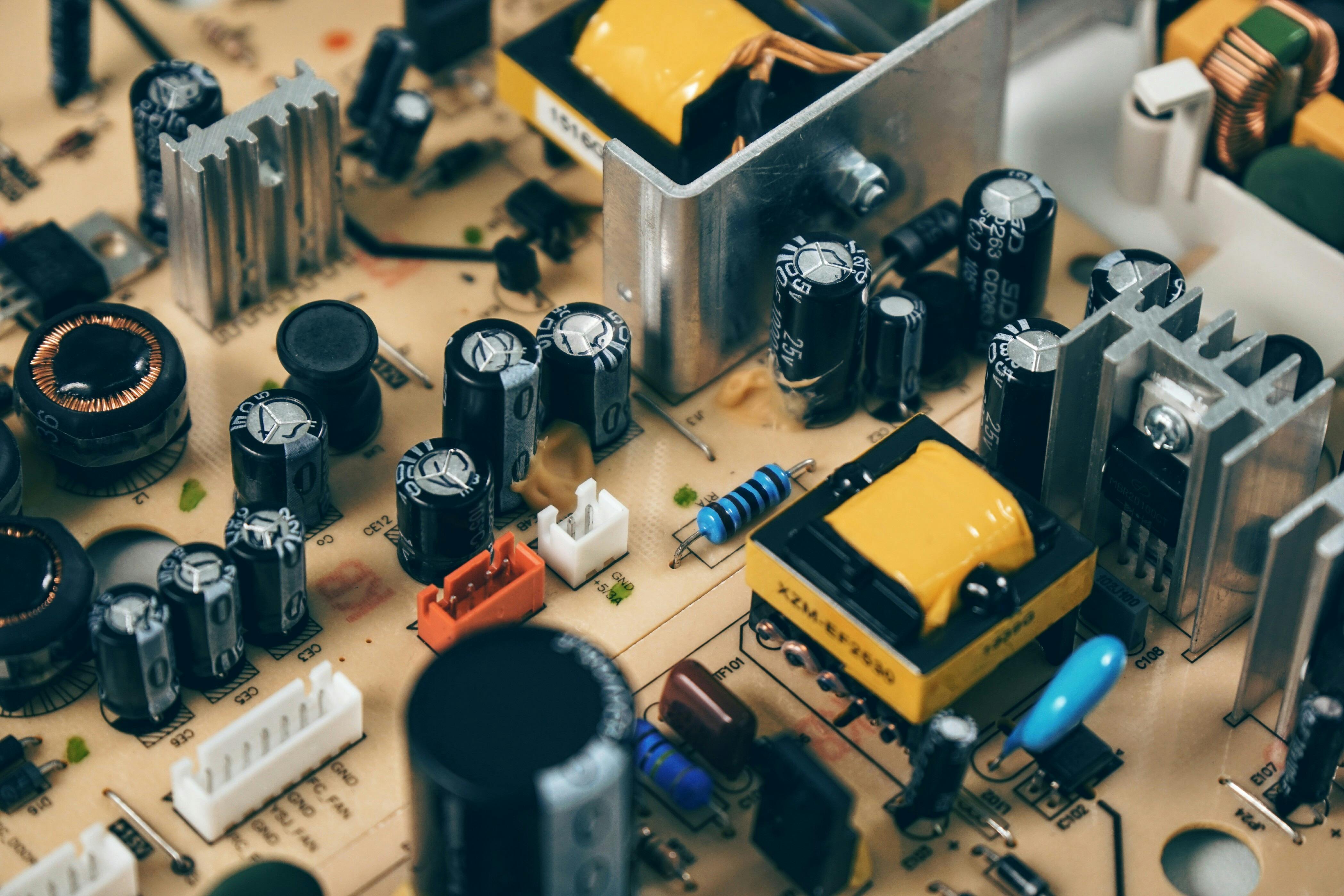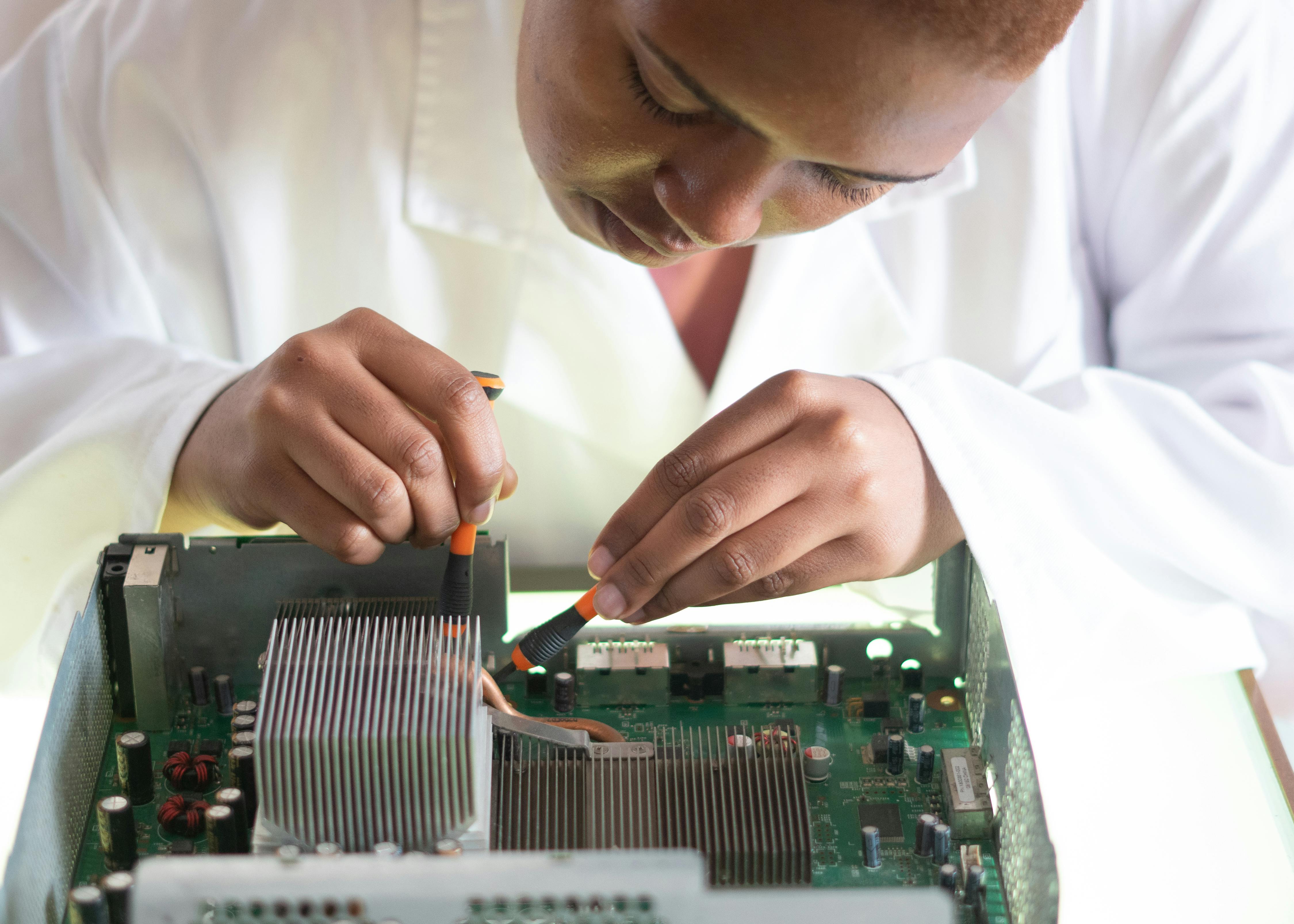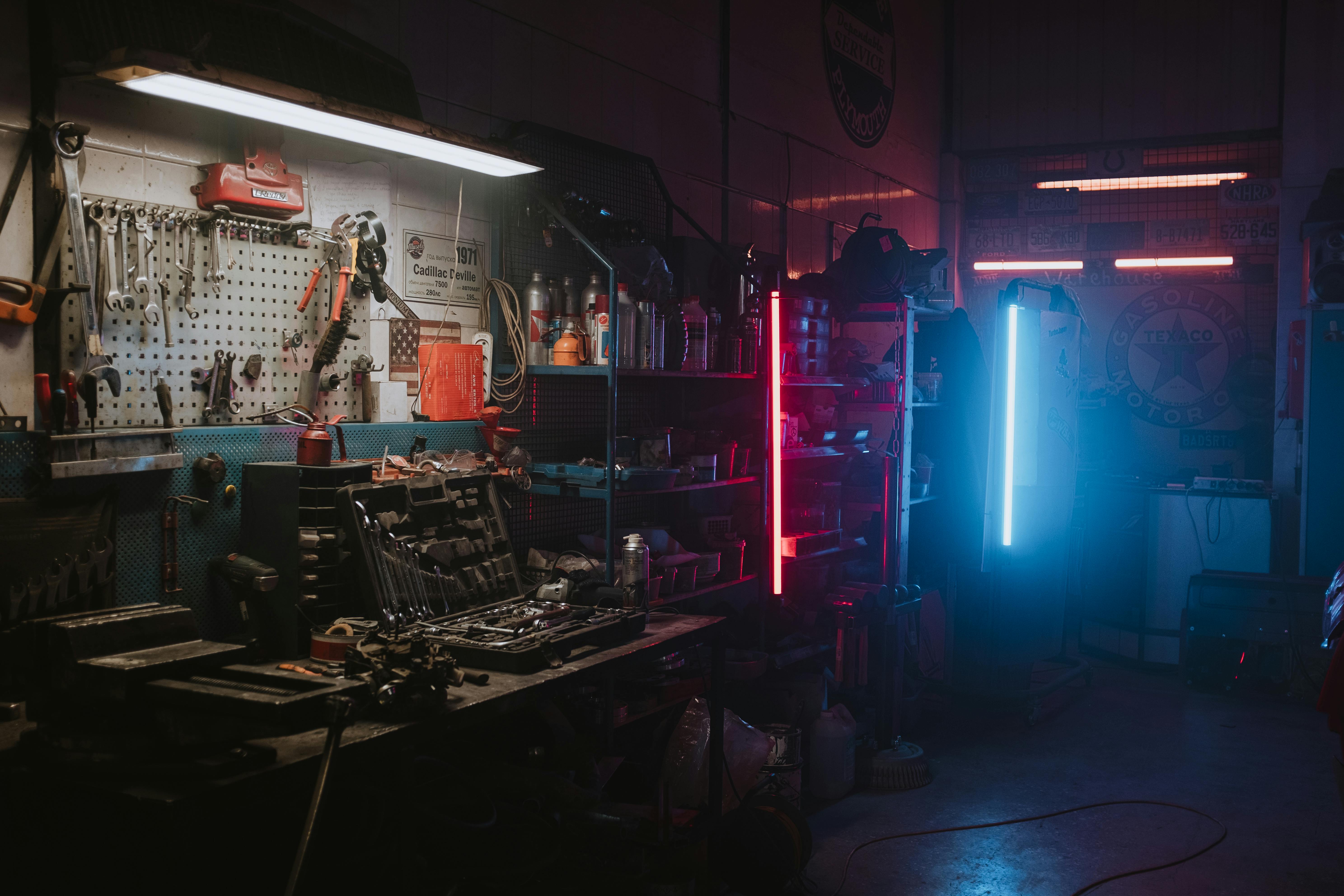Proper battery maintenance is crucial for both performance and safety in radio control systems. This guide covers essential maintenance practices for various battery types commonly used in RC vehicles.
Understanding RC Battery Types

Common RC battery types
RC enthusiasts typically work with several battery types:
- LiPo (Lithium Polymer): High performance, lightweight, requires careful handling
- NiMH (Nickel-Metal Hydride): Reliable, safer chemistry, lower energy density
- LiFe (Lithium Iron Phosphate): Safe chemistry, long life, lower voltage
LiPo Battery Care
Charging Guidelines

Safe LiPo charging setup
- Always use a LiPo-specific charger
- Never exceed 1C charge rate unless specified by manufacturer
- Balance charge every time
- Monitor temperature during charging
- Use a LiPo safe bag or container
Safety Tip
Never leave charging batteries unattended. Always charge in a fire-safe location away from flammable materials.
Storage
- Store at 3.8V per cell (storage voltage)
- Keep in a cool, dry place
- Use a fireproof container
- Check voltage monthly
NiMH Battery Maintenance

Testing NiMH battery capacity
Charging Best Practices
- Use a smart charger with Delta-V detection
- Allow packs to cool between uses
- Avoid overcharging
- Perform periodic discharge cycles
Storage Tips
- Store partially charged (40-60%)
- Keep in a cool, dry place
- Check and charge every 2-3 months
Battery Testing and Monitoring

Using a battery checker
Regular Testing
- Check individual cell voltages
- Monitor internal resistance
- Perform capacity tests
- Inspect for physical damage
Testing Tip
Keep a log of battery performance and capacity tests. This helps identify when a pack is reaching the end of its useful life.
Signs of Battery Problems
Physical Signs
- Swelling or puffing
- Damaged wires or connectors
- Excessive heat during use
- Leaking or unusual odors
Performance Issues
- Reduced runtime
- Voltage sag under load
- Difficulty holding charge
- Uneven cell voltages
Disposal Guidelines
Proper disposal is crucial for safety and environmental protection:
- Never throw batteries in regular trash
- Use designated battery recycling facilities
- Discharge LiPo batteries fully before disposal
- Check local regulations for specific requirements
Environmental Note
Many hobby shops accept old batteries for recycling. This is often the safest and most convenient disposal method.
Conclusion
Proper battery maintenance is essential for safety, performance, and longevity. By following these guidelines, you can maximize the life of your RC batteries while ensuring safe operation.
Remember that different battery chemistries require different care routines. When in doubt, always refer to the manufacturer's specifications and guidelines.




